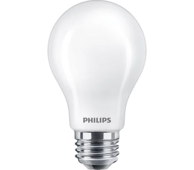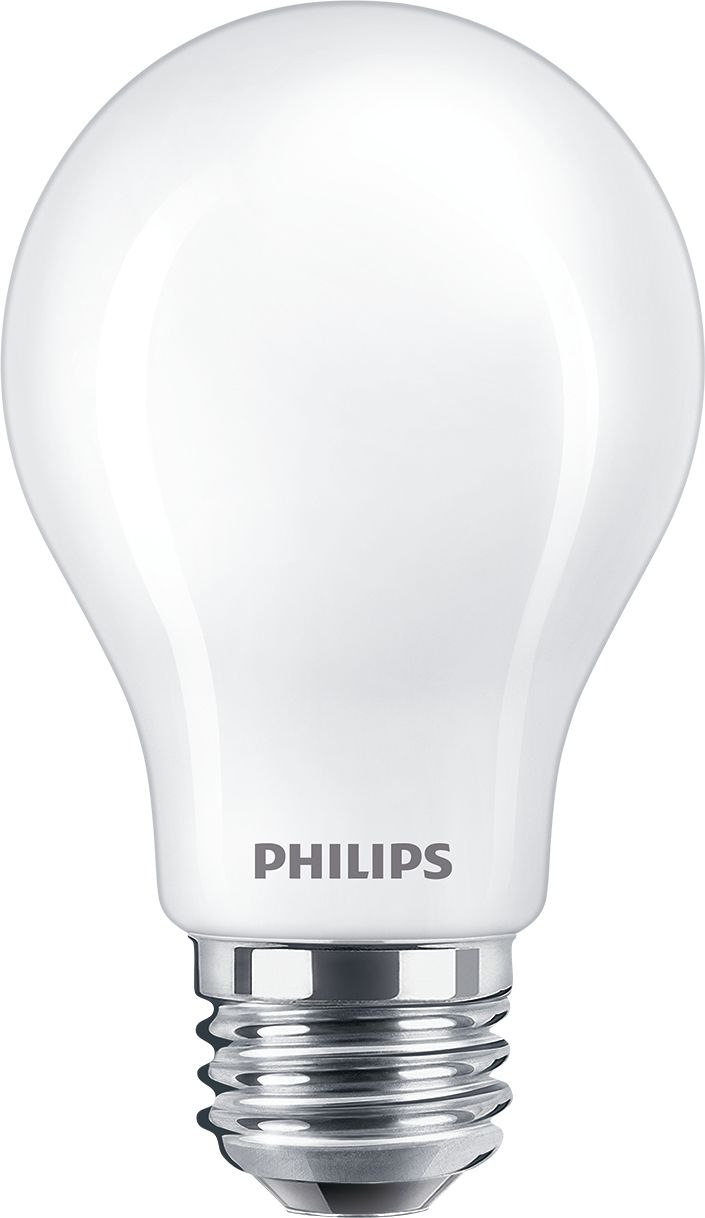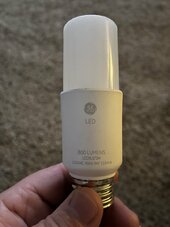hwy17
Anti-Solar Enthusiast
100% real frosted glass bulb
2700k LED filament
Weight like incandescent
Filament gently shakes while handling
Suitable for wet locations
Suitable for enclosed fixtures
Title 20 Compliant (legal in California)
Dimming with certain compatible dimmers
"Flicker Free" - To be confirmed by off grid community
I was getting distraught last year that LED bulbs were just getting worse but this is a comeback. It feels like an incandescent.


 www.usa.lighting.philips.com
www.usa.lighting.philips.com
2700k LED filament
Weight like incandescent
Filament gently shakes while handling
Suitable for wet locations
Suitable for enclosed fixtures
Title 20 Compliant (legal in California)
Dimming with certain compatible dimmers
"Flicker Free" - To be confirmed by off grid community
I was getting distraught last year that LED bulbs were just getting worse but this is a comeback. It feels like an incandescent.


8A19/PER/UD/FR/G/E26/WGD 4/4CT T20 | null
Philips LED light bulbs provide a beautiful, warm white light, an exceptionally long life, and immediate, significant energy savings. With a pure and elegant design, this bulb is the perfect replacement for your frosted traditional bulbs.



